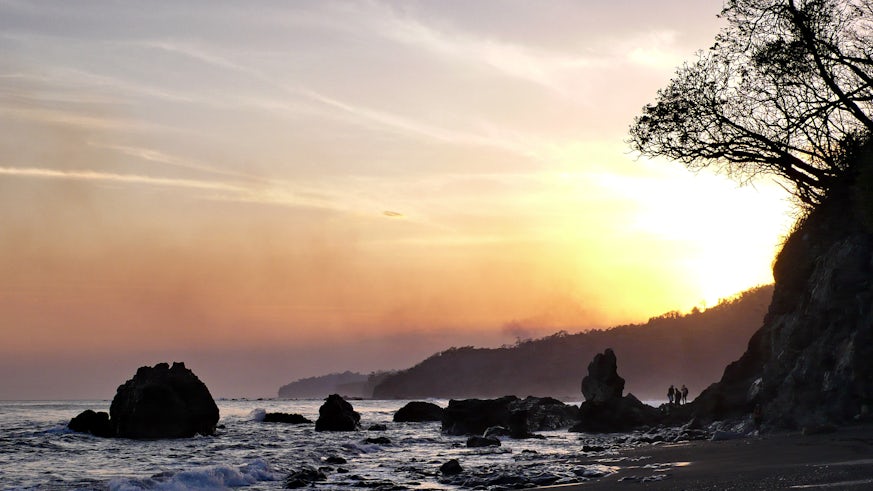Tracing Panama’s geological footprints
6 September 2016

It sits at the junction between two continents, separates two vast oceans and has a significant effect on global ocean currents and the climate across Northern Hemisphere.
Yet little is known about the history of this tiny strip of land between North and South America, known as the Panama Isthmus, which has shaped the Earth as we know it today.
In a talk at this year’s British Science Festival, Dr David Buchs, from the School of Earth and Environmental Sciences, will reveal how his team are carrying out detailed explorations of the geology of remote areas of Panama and Colombia to determine how, when and why the Panama Isthmus became fully emerged several millions year ago. .
In particular, Dr Buchs will explain how the team are piecing together the history of the Panama Isthmus by studying how plate tectonics and volcanism have affected the region, which has remained relatively unexplored due to the dense vegetation cover.
New geological data has suggested that the formation of the Panama Isthmus is more complicated than previously thought, and preliminary observations by Dr Buchs and his team have already revealed the occurrence of uncharted fault zones and ancient volcanoes in several parts of the region.

"Our world would certainly be very different if the Panama Isthmus had not formed. The Pacific and Atlantic oceans would not have been separated by a land bridge, allowing vast quantities of water to flow between the Americas, which would probably have impeded the establishment of the climate as we know it today."
Speaking ahead of the event, Dr Buchs said: “In addition, terrestrial fauna in North and South Americas would still be isolated, without the possibility of easily migrating from one continent to another. This is a situation in stark contrast to the ecosystems as we know them today in the Americas.
“Understanding how and when the Panama Isthmus has formed is therefore of large, multidisciplinary significance, and we look forward to sharing our findings and experiences to date with the general public at the British Science Festival.”
The British Science Festival, which takes place in Swansea from the 6-9 September, is Europe's longest-standing national event which connects people with scientists, engineers, technologists and social scientists.
Dr David Buchs’s talk, ‘Tracing Panama’s geological footprints’, will take place on Wednesday 7 September from 12:00 – 13:00 in Lecture Theatre L, Faraday Building, Swansea University.
